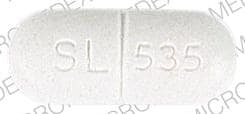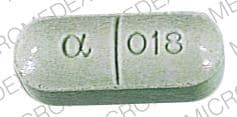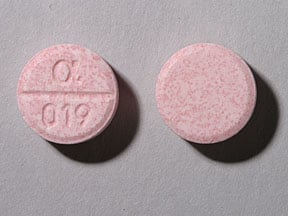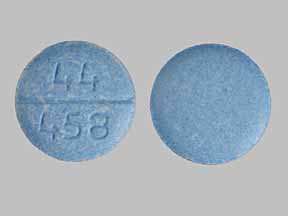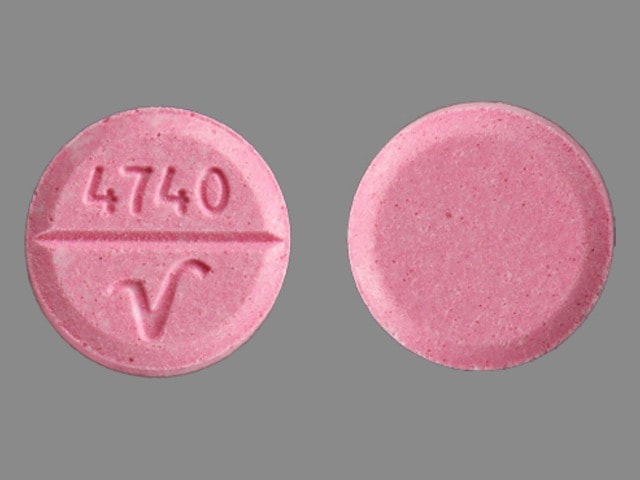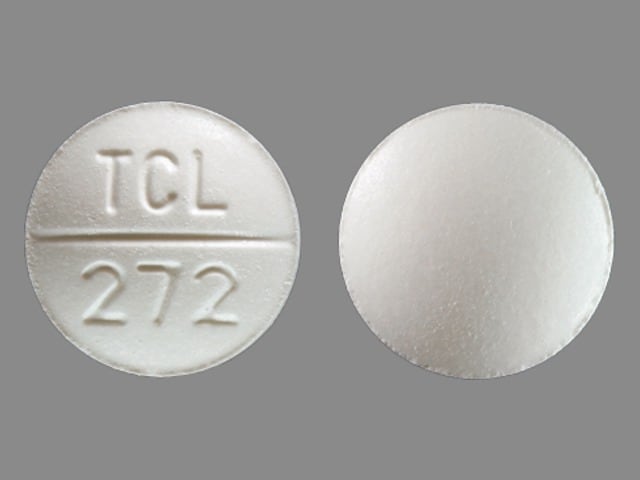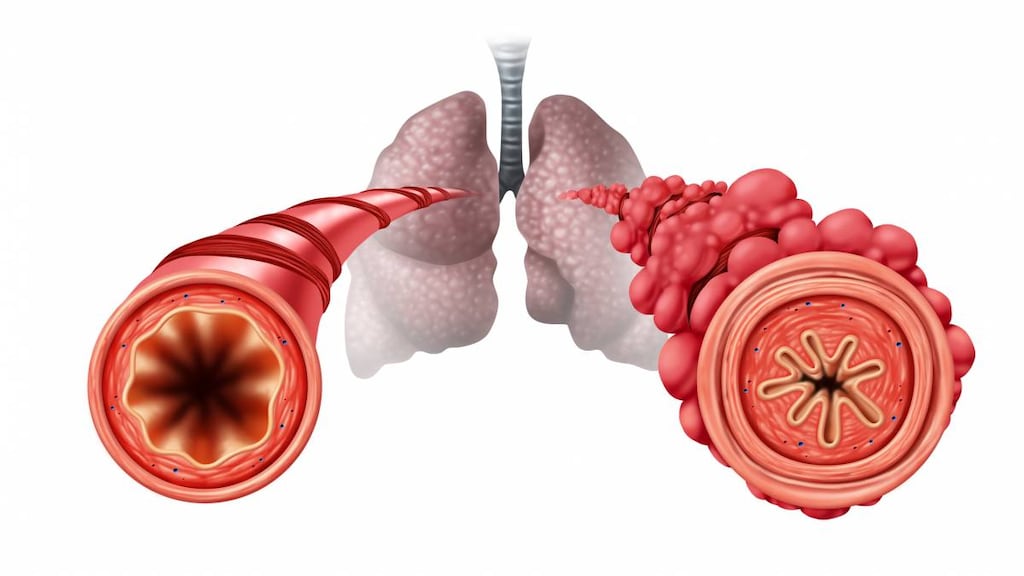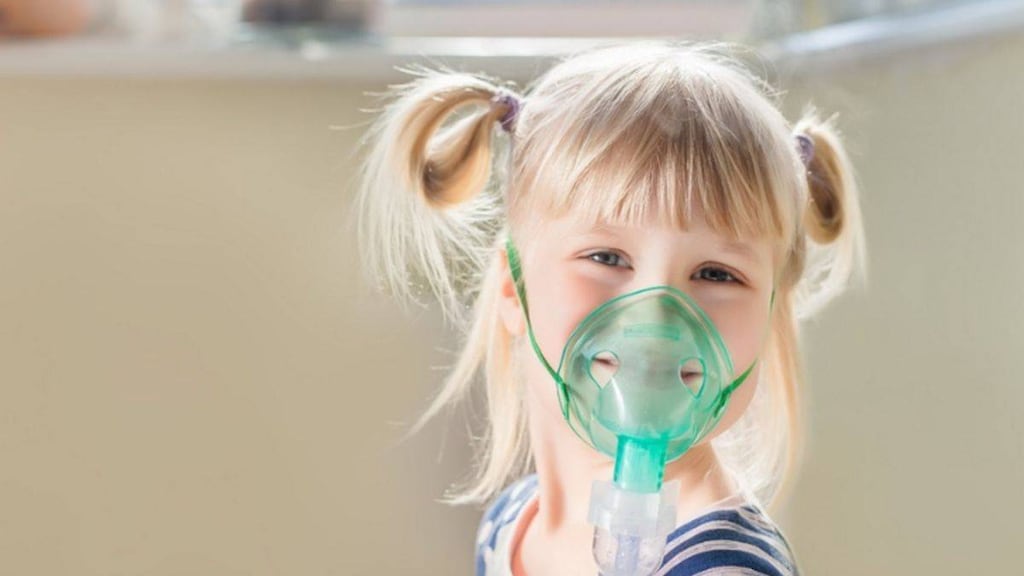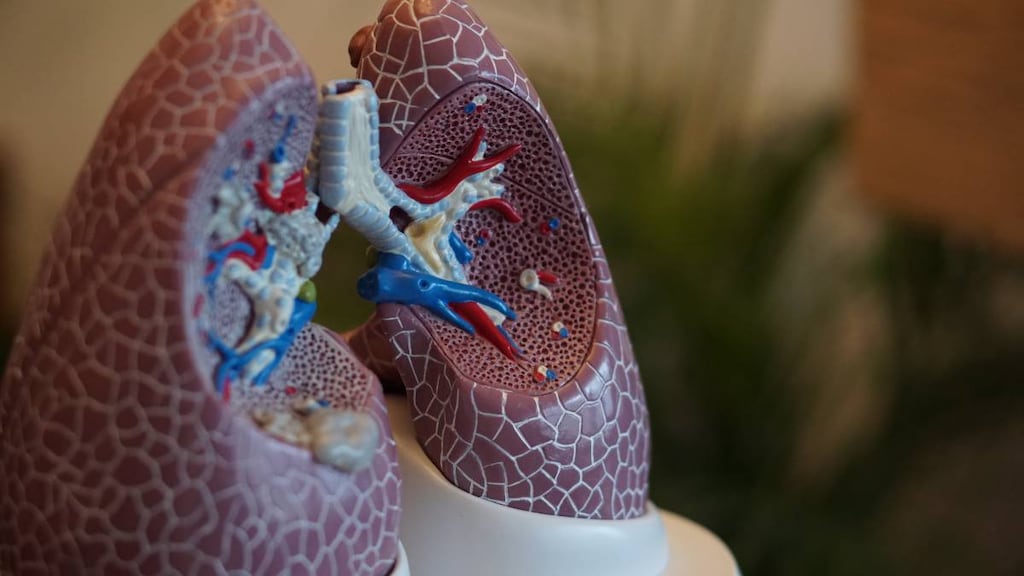Dosage Forms
Excipient information presented when available (limited, particularly for generics); consult specific product labeling. [DSC] = Discontinued product
Liquid, Oral:
Buckleys Chest Congestion: 100 mg/5 mL (118 mL) [alcohol free, sugar free; contains butylparaben, menthol, propylene glycol, propylparaben]
Diabetic Siltussin DAS-Na: 100 mg/5 mL (118 mL [DSC]) [alcohol free, color free, fructose free, sodium free, sorbitol free, sugar free; contains aspartame, benzoic acid, methylparaben, propylene glycol; strawberry flavor]
Diabetic Tussin: 100 mg/5 mL (118 mL) [alcohol free, dye free, fructose free, sodium free, sorbitol free, sugar free; contains aspartame, menthol, methylparaben]
Geri-Tussin: 100 mg/5 mL (473 mL) [alcohol free, sugar free; contains fd&c red #40, menthol, methylparaben, propylene glycol, propylparaben]
Iophen-NR: 100 mg/5 mL (473 mL [DSC]) [contains propylene glycol, saccharin sodium, sodium benzoate]
Mucinex Chest Congestion Child: 100 mg/5 mL (118 mL [DSC]) [alcohol free; contains brilliant blue fcf (fd&c blue #1), edetate disodium, fd&c red #40, propylene glycol, sodium benzoate; grape flavor]
Mucinex Chest Congestion Child: 100 mg/5 mL (118 mL [DSC]) [alcohol free; contains brilliant blue fcf (fd&c blue #1), fd&c red #40, propylene glycol, saccharin sodium, sodium benzoate; grape flavor]
Mucus Relief Childrens: 100 mg/5 mL (118 mL [DSC]) [alcohol free; contains brilliant blue fcf (fd&c blue #1), fd&c red #40, propylene glycol, saccharin sodium, sodium benzoate]
Robafen Mucus/Chest Congestion: 200 mg/10 mL (118 mL) [gluten free; contains fd&c red #40, menthol, propylene glycol, saccharin sodium, sodium benzoate; cherry flavor]
Robitussin Mucus+Chest Congest: 100 mg/5 mL (118 mL) [alcohol free; contains fd&c red #40, menthol, propylene glycol, saccharin sodium, sodium benzoate]
Scot-Tussin Expectorant: 100 mg/5 mL (30 mL [DSC], 240 mL [DSC], 480 mL [DSC], 3780 mL [DSC]) [alcohol free, dye free, saccharin free, sodium free, sorbitol free, sugar free]
Siltussin DAS: 100 mg/5 mL (118 mL) [alcohol free, dye free, sugar free; strawberry flavor]
Tussin Mucus & Chest Congest: 100 mg/5 mL (118 mL) [alcohol free, gluten free; contains fd&c red #40, propylene glycol, saccharin sodium, sodium benzoate; cherry flavor]
Generic: 100 mg/5 mL (10 mL, 15 mL, 118 mL, 473 mL)
Packet, Oral:
Mucinex For Kids: 100 mg (12 ea) [contains aspartame; bubble-gum flavor]
Solution, Oral:
Q-Tussin: 100 mg/5 mL (118 mL [DSC], 240 mL [DSC], 473 mL [DSC]) [alcohol free; contains fd&c red #40, saccharin sodium, sodium benzoate; cherry flavor]
Generic: 100 mg/5 mL (5 mL, 10 mL [DSC], 15 mL [DSC]); 200 mg/10 mL (10 mL); 300 mg/15 mL (15 mL)
Syrup, Oral:
Altarussin: 100 mg/5 mL (120 mL, 236 mL, 473 mL, 3840 mL)
Altarussin: 100 mg/5 mL (120 mL, 240 mL, 480 mL, 3840 mL) [contains alcohol, usp]
Geri-Tussin: 100 mg/5 mL (473 mL) [alcohol free, sugar free; contains fd&c red #40, menthol, saccharin sodium, sodium benzoate]
Robafen: 100 mg/5 mL (118 mL [DSC], 473 mL [DSC]) [contains alcohol, usp; cherry flavor]
Robafen: 100 mg/5 mL (473 mL) [contains fd&c red #40, menthol, saccharin sodium, sodium benzoate; cherry flavor]
Siltussin SA: 100 mg/5 mL (118 mL, 237 mL, 473 mL) [strawberry flavor]
Tussin: 100 mg/5 mL (118 mL, 237 mL) [alcohol free]
Generic: 100 mg/5 mL (480 mL [DSC])
Tablet, Oral:
Bidex: 400 mg [scored; contains saccharin sodium]
Fenesin IR: 400 mg
GoodSense Mucus Relief: 400 mg [scored; dye free, gluten free]
Liquibid: 400 mg
Mucosa: 400 mg [scored]
Mucus Relief: 400 mg [scored]
Mucus Relief: 400 mg [DSC] [scored; dye free]
Organ-I NR: 200 mg [DSC] [scored; contains fd&c red #40 aluminum lake]
Pharbinex: 400 mg
Refenesen: 200 mg [scored; contains fd&c red #40 aluminum lake]
Refenesen 400: 400 mg [scored; dye free]
Xpect: 400 mg [scored; contains saccharin sodium]
Generic: 200 mg, 400 mg
Tablet Extended Release 12 Hour, Oral:
Mucinex: 600 mg [contains fd&c blue #1 aluminum lake]
Mucinex Maximum Strength: 1200 mg [contains fd&c blue #1 aluminum lake]
Mucus Relief: 600 mg
Mucus Relief: 600 mg [contains fd&c blue #1 aluminum lake]
Mucus Relief ER: 600 mg [contains fd&c blue #1 aluminum lake]
Generic: 600 mg [DSC], 1200 mg
Pharmacology
Mechanism of Action
Thought to act as expectorant by increasing the effective hydration of the respiratory tract, maintains the sol layer needed for ciliary clearance and reduces the viscosity of respiratory mucus, thereby further facilitating its removal by natural clearance processes.
Guaifenesin inhibits cough reflex sensitivity in subjects with upper respiratory tract infections whose cough receptors are transiently hypersensitive, but not in healthy volunteers. Possible mechanisms include a central antitussive effect, or a peripheral effect by increased sputum volume serving as a barrier shielding cough receptors within the respiratory epithelium from the tussive stimulus (Dicpinigaitis 2003).
Pharmacokinetics/Pharmacodynamics
Absorption
Well absorbed
Excretion
Urine
Use: Labeled Indications
Cough (expectorant): Help loosen phlegm (mucus) and thin bronchial secretions to make coughs more productive
Contraindications
OTC labeling: When used for self-medication, do not use extended-release tablets in children <12 years.
Dosage and Administration
Dosing: Adult
Cough (expectorant): Oral:
Granules: 200 to 400 mg every 4 hours as needed; maximum: 2,400 mg/24 hours
Extended-release tablet: 600 mg to 1,200 mg every 12 hours as needed; maximum: 2,400 mg/24 hours
Immediate-release tablet: 200 to 400 mg every 4 hours as needed; maximum: 2,400 mg/24 hours
Liquid: 200 to 400 mg every 4 hours as needed; maximum: 2,400 mg/24 hours
Dosing: Geriatric
Refer to adult dosing.
Dosing: Pediatric
Note: Safety and efficacy for the use of cough and cold products in infants and young children is limited; the AAP warns against the use of these products for respiratory illnesses in infants and young children; the FDA does not recommend OTC use in infants and children <2 years of age due to the risk of serious and life-threatening adverse effects (including death) and recommends to use with caution in pediatric patients ≥2 years of age (AAP 2018; FDA 2017)
Cough (expectorant): Oral:
Liquid:
Children 2 years to <4 years: Limited data available: 50 to 100 mg every 4 hours as needed; do not exceed 6 doses in 24 hours (Kliegman 2007)
Children 4 years to <6 years: 50 to 100 mg every 4 hours as needed; do not exceed 6 doses in 24 hours.
Children 6 years to <12 years: 100 to 200 mg every 4 hours as needed; do not exceed 6 doses in 24 hours
Children ≥12 years and Adolescents: 200 to 400 mg every 4 hours as needed; do not exceed 6 doses in 24 hours
Granules:
Children 4 years to <6 years: 100 mg every 4 hours as needed; do not exceed 6 doses in 24 hours
Children 6 years to <12 years: 100 to 200 mg every 4 hours as needed; do not exceed 6 doses in 24 hours
Children ≥12 years and Adolescents: 200 to 400 mg every 4 hours as needed; do not exceed 6 doses in 24 hours
Immediate release tablet:
Children 6 years to <12 years: 200 mg every 4 hours as needed do not exceed 6 doses in 24 hours
Children ≥12 years and Adolescents: 400 mg every 4 hours as needed; do not exceed 6 doses in 24 hours
Extended release tablet: Children ≥12 years and Adolescents: 600 mg to 1,200 mg every 12 hours as needed; do not exceed 2 doses nor 2,400 mg in 24 hours
Administration
Oral: Administer with a large quantity of fluid to ensure proper action.
Extended-release tablet: Do not break, crush, or chew extended-release tablet.
Granules: Empty contents of packet onto tongue and swallow; for best taste, do not chew granules.
Dietary Considerations
Some products may contain phenylalanine and/or sodium.
Storage
Store at room temperature; do not refrigerate. Protect from light.
GuaiFENesin Images
Drug Interactions
There are no known significant interactions.
Test Interactions
Possible color interference with determination of 5-HIAA and VMA; discontinue for 48 hours prior to test
Adverse Reactions
Frequency not defined.
Central nervous system: Dizziness, drowsiness, headache
Dermatologic: Skin rash
Endocrine & metabolic: Hypouricemia
Gastrointestinal: Nausea, stomach pain, vomiting
<1%, postmarketing, and/or case reports: Nephrolithiasis (with consumption of large quantities)
Warnings/Precautions
Dosage form specific issues:
- Benzyl alcohol and derivatives: Some dosage forms may contain sodium benzoate/benzoic acid; benzoic acid (benzoate) is a metabolite of benzyl alcohol; large amounts of benzyl alcohol (≥99 mg/kg/day) have been associated with a potentially fatal toxicity (“gasping syndrome”) in neonates; the “gasping syndrome” consists of metabolic acidosis, respiratory distress, gasping respirations, CNS dysfunction (including convulsions, intracranial hemorrhage), hypotension, and cardiovascular collapse (AAP ["Inactive" 1997]; CDC 1982); some data suggests that benzoate displaces bilirubin from protein binding sites (Ahlfors 2001); avoid or use dosage forms containing benzyl alcohol derivative with caution in neonates. See manufacturer’s labeling.
- Phenylalanine: Some products may contain phenylalanine.
Other warnings/precautions:
- Self-medication (OTC use): When used for self-medication (OTC), discontinue use and notify health care provider if symptoms do not improve within 7 days, or are accompanied by fever, rash, or persistent headache, or if you are hypersensitive to any component of the formulation. For persistent or chronic cough (as with smoking, asthma, chronic bronchitis, emphysema) or if cough is accompanied by excessive phlegm, consult a health care provider prior to use.
Pregnancy
Pregnancy Considerations
When treatment for cough is needed during pregnancy, guaifenesin at standard OTC doses is generally considered acceptable. Some sources recommend use be reserved for significant maternal need; products containing alcohol should be avoided (Conover 2003; Ward 2005).
Patient Education
What is this drug used for?
- It is used to thin mucus so it can be taken from the body by coughing.
Frequently reported side effects of this drug
- Persistent cough
- Signs of a significant reaction like wheezing; chest tightness; fever; itching; bad cough; blue skin color; seizures; or swelling of face, lips, tongue, or throat.
Note: This is not a comprehensive list of all side effects. Talk to your doctor if you have questions.
Consumer Information Use and Disclaimer: This information should not be used to decide whether or not to take this medicine or any other medicine. Only the healthcare provider has the knowledge and training to decide which medicines are right for a specific patient. This information does not endorse any medicine as safe, effective, or approved for treating any patient or health condition. This is only a brief summary of general information about this medicine. It does NOT include all information about the possible uses, directions, warnings, precautions, interactions, adverse effects, or risks that may apply to this medicine. This information is not specific medical advice and does not replace information you receive from the healthcare provider. You must talk with the healthcare provider for complete information about the risks and benefits of using this medicine.
